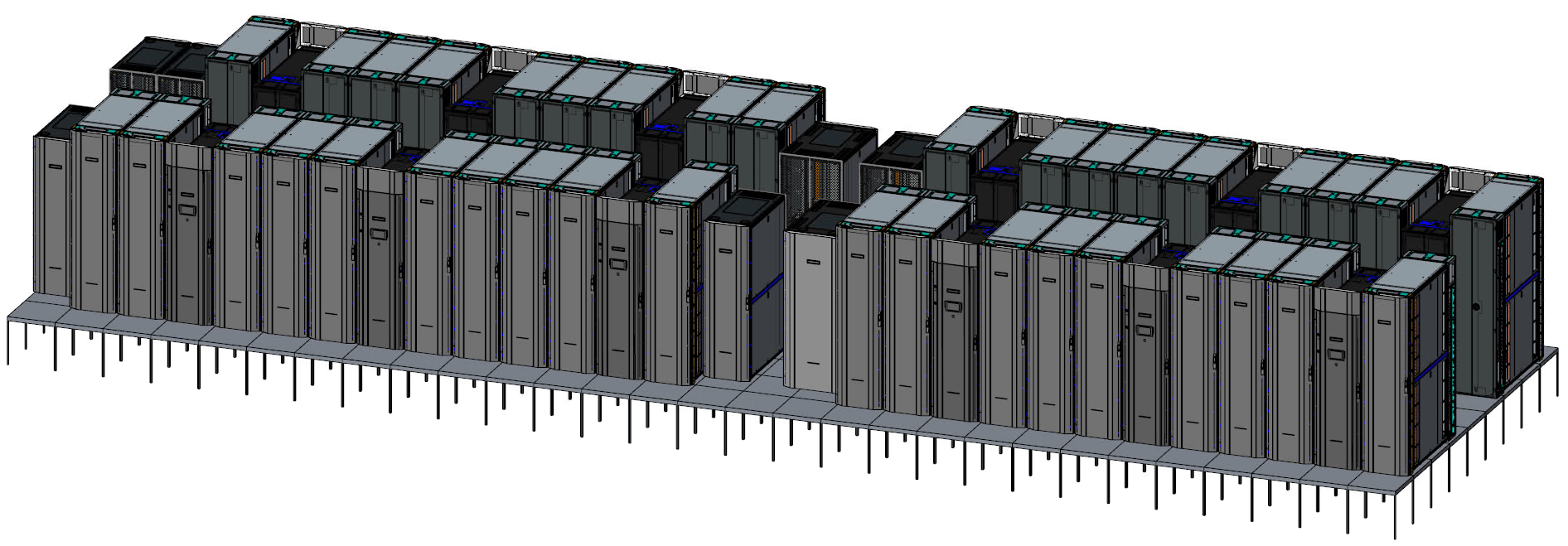
UK-based Arm has made its way onto the global Top 500 supercomputers list for the first time, with an Arm-powered, HPE-built supercomputer deployed at Sandia National Laboratories in the US entering the list at 205.
The twice-yearly ranking found that the previously LSE-listed, now Softbank-owned Cambridge company’s “Astra” supercomputer had achieved an HPL Linpack score of 1.5 petaflops. It is powered by 125,328 Cavium ThunderX2 cores.
Astra is being used by the NNSA, an agency within the Department of Energy (DoE) that is responsible for the management and security of the US’s nuclear weapons, nuclear nonproliferation, and naval reactor programs.
The US Department of Energy’s “Summit” supercomputer tops the list.
Intel Dominates Processor Provision
Intel however continues to provide the processors for the largest number of TOP500 systems, with a dominating 95.2 percent share.
NVIDIA however was among those excited by the new list, which showed a 48 percent jump in one year in the number of systems using NVIDIA GPU accelerators. The total climbed to 127 from 86 a year ago.
The company’s GPUs now power the world’s two fastest supercomputers — the US DoE’s Summit, at Oak Ridge National Laboratory, and Sierra, at Lawrence Livermore National Lab. Combined, the two systems feature more than 40,000 NVIDIA V100 Tensor Core GPUs.
See also: Met Office Back in the Market for a New Supercomputer
“This is a breakout year for NVIDIA in the world of supercomputing,” said Jensen Huang, founder and CEO of NVIDIA in an emailed statement.
“With the end of Moore’s law, a new HPC market has emerged, fueled by new AI and machine learning workloads. These rely as never before on our high-performance, highly efficient GPU platform to provide the power required to address the most challenging problems in science and society.”
There are now 427 systems with performance greater than a petaflop/s on the list, up from 272 six months ago, with a total of 137 systems on the list are using accelerator/co-processor technology, up from 110 six months ago; 64 of these use Nvidia Pascal chips, 46 use NVIDIA Volta, and there are now 12 systems with Nvidia Kepler.
Top 500 Supercomputers List: Going Strong Since ’93
The closely watched Top 500 list has been compiled every six months since June 1993 with the help of high-performance computer experts, computational scientists, manufacturers, and the internet community in general.
It is written by Erich Strohmaier of of NERSC/Lawrence Berkeley National Laboratory, Jack Dongarra of the University of Tennessee, Knoxville, Horst Simon of NERSC/Lawrence Berkeley National Laboratory and Martin Meuer of Prometeus.
China Extends Share of Top 500 Supercomputers List
China has extended its share of the Top 500 Supercomputers globally, with 229 supercomputers on the list although the US continues to dominate in terms of total performance, the fifty-second edition of the regular ranking list showed this week.
The UK has 20 supercomputers on the list.
Summit widened its lead as the number one system, improving its High Performance Linpack (HPL) performance from 122.3 to 143.5 petaflops since its debut on the previous list in June 2018.
Sierra also added to its HPL result from six months ago, going from 71.6 to 94.6 petaflops, enough to bump it from the number three position to number two. Both are IBM-built supercomputers, powered by Power9 CPUs and NVIDIA V100 GPUs.
Sierra’s ascendance pushed China’s Sunway TaihuLight supercomputer, installed at the National Supercomputing Center in Wuxi, into third place.
Prior to last June, it had held the top position on the TOP500 list for two years with its HPL performance of 93.0 petaflops. TaihuLight was developed by China’s National Research Center of Parallel Computer Engineering & Technology (NRCPC).






